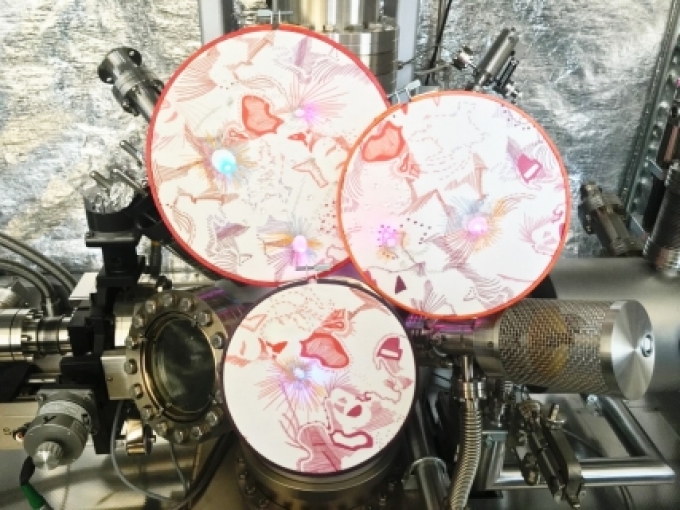News
BioArtAttack 2021 competition winners announced
- Details
- 25 March 2022
More than 180 entries were submitted to last year’s BioArtAttack competition, which included depictions of nature as drawings, models and paintings. The competition was open between October and December 2021.
Sanya N., aged 16, won the Individual category of the competition with her model of an octopus entitled Mastery of All Things Marine.
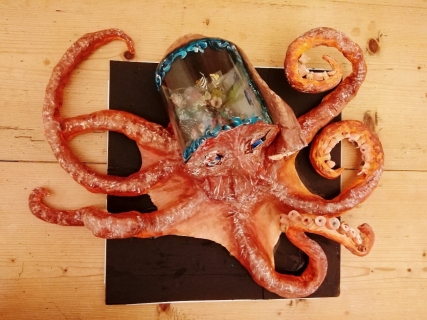
Sanya used a whole range of materials for her model, including acrylic paints, air-dry clay, a plastic jar and also papier-mâché.
“Making this entry was a source of stress-relief for me. Winning the competition is truly an honour beyond comprehension for me. Thank you.” said Sanya on winning the Individual category.
A group of Year 8 students from St Mary's School, Colchester, won the Group category with their piece titled Crocheted Corals.
Most of the students were complete beginners and spent many hours in their lunchtimes learning to crochet and making each coral structure.
Their entry was made from yarn of various colours and netting fabric.
The students’ teacher, Alison Tew, said “I am thrilled that our Crocheted Coral has been shortlisted. Its creation really has been a group effort with lots of our Year 8 students coming together to make a beautiful coral to contribute to the reef.
“This activity has allowed us to talk about the mathematics and geometry of coral growth, their biology – being a community of animals made of tiny polyps, and the impact of changing ocean conditions on the ability of coral reefs to survive.
"The reef is set up in my lab and is a great talking point for students and visitors.”

Other entries from the 2021 shortlist are listed below:
Individual category
You are what you eat
Daniel Beeston, Emmanuel College, Gateshead
Materials used: Air-dry clay
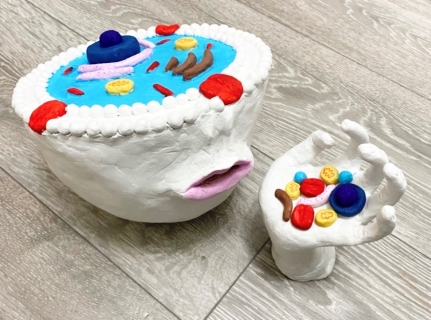
An embroided cell
Skye Walker, The Grange School, Northwich
Materials used: Calico fabric, coloured threads

The Fluid Mosaic Model
Maria Jawadwala, Westcliff High School for Girls
Materials used: Paint, Glue, Polystyrene balls, pipe cleaners, air-dry clay, cardboard, card, beads
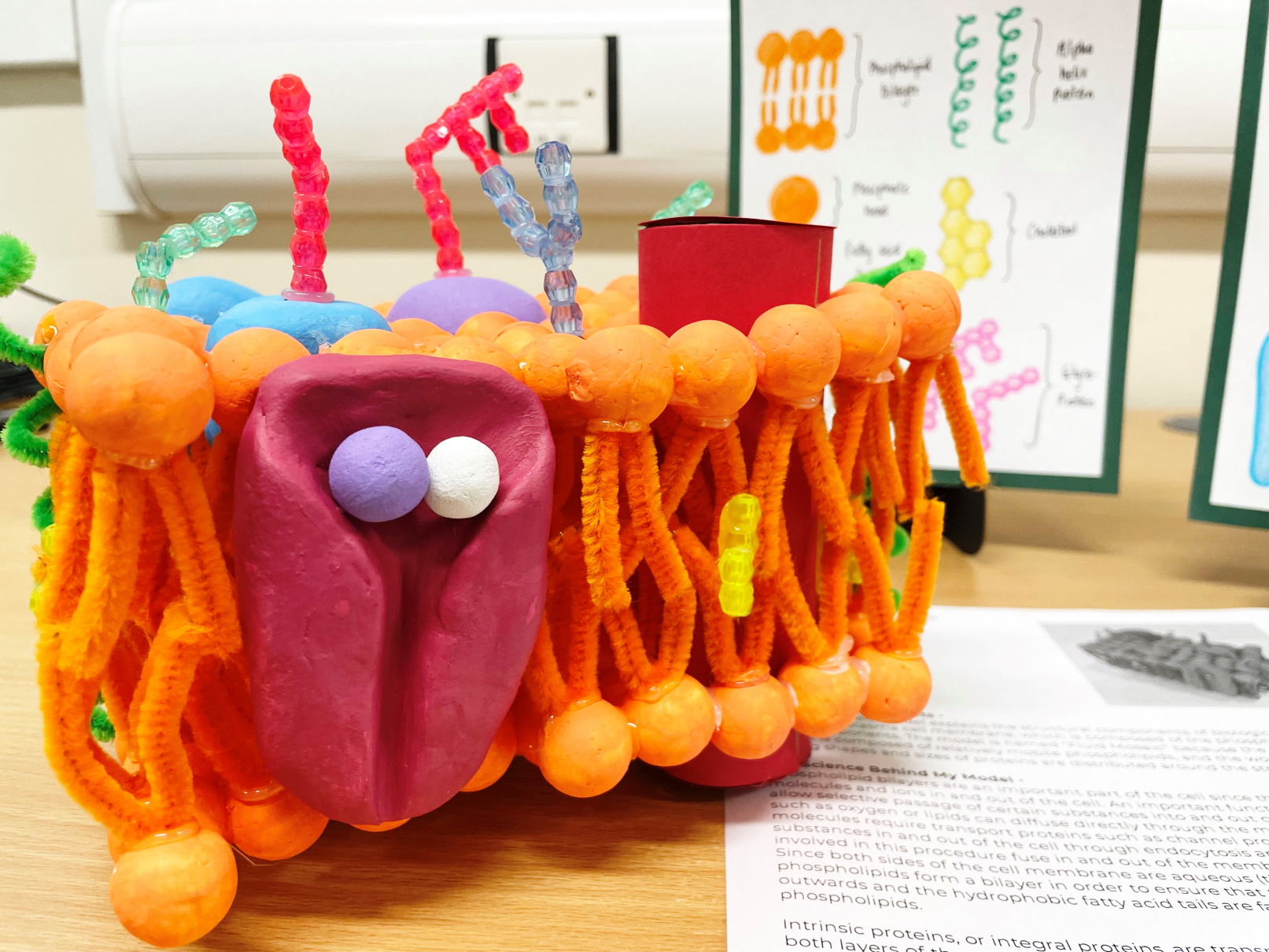
Anatomy of the Brain
Gunveen Kaur, Herschel Grammar School
Materials used: Pulses, hard candy, seeds, red kidney beans, chickpeas, glue, sticky tape, match sticks, paper, felt pens, colouring pencils

Microscope and Bacteria cell model
Aprylle Arguinsula, St Peter’s Catholic School, Solihull
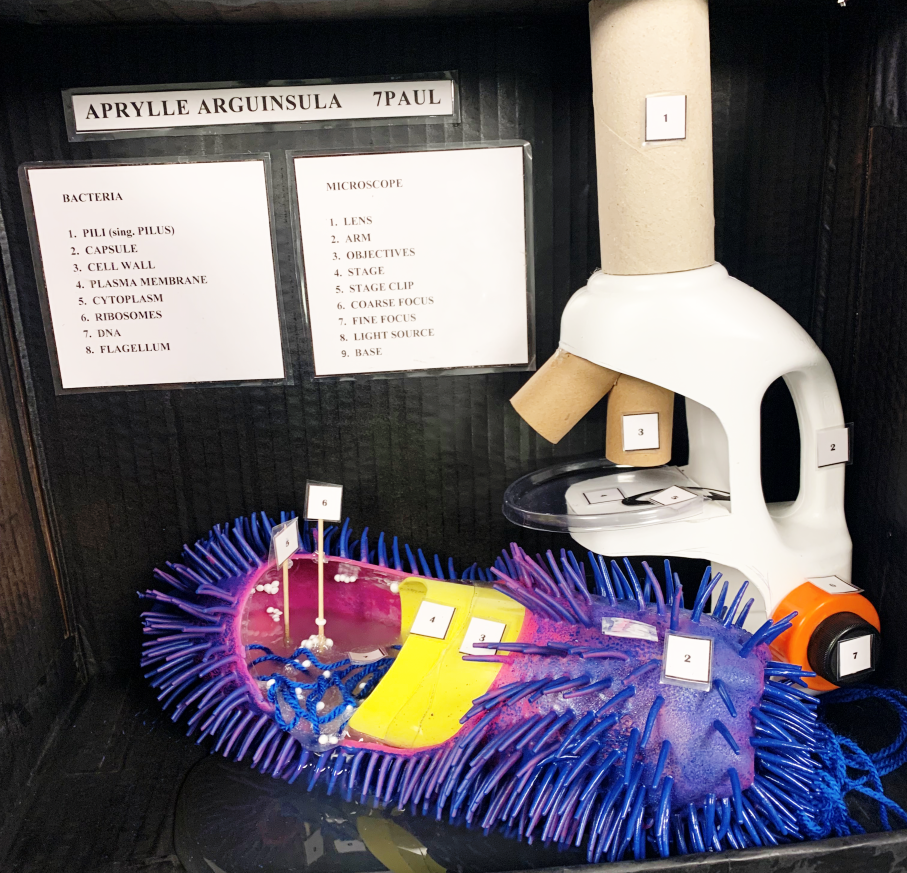
The Anatomy of the Fish
Sabine Singh, Leicester High School for Girls
Materials used: Stones, potpourri, feathers, chocolate buttons, almonds, paper, beans
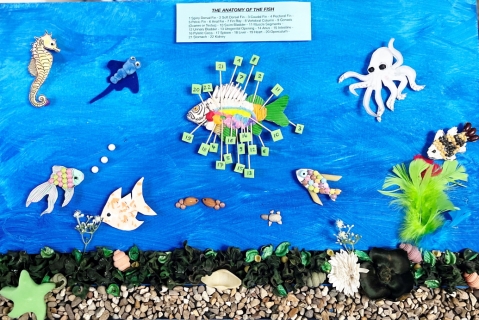
Fetal Development
Ana Aslam, Herschel Grammar School
Materials used: Hooks, modelling clay, polystyrene, tissue paper, glue, LED lights, clips, battery, water, paper, pencil
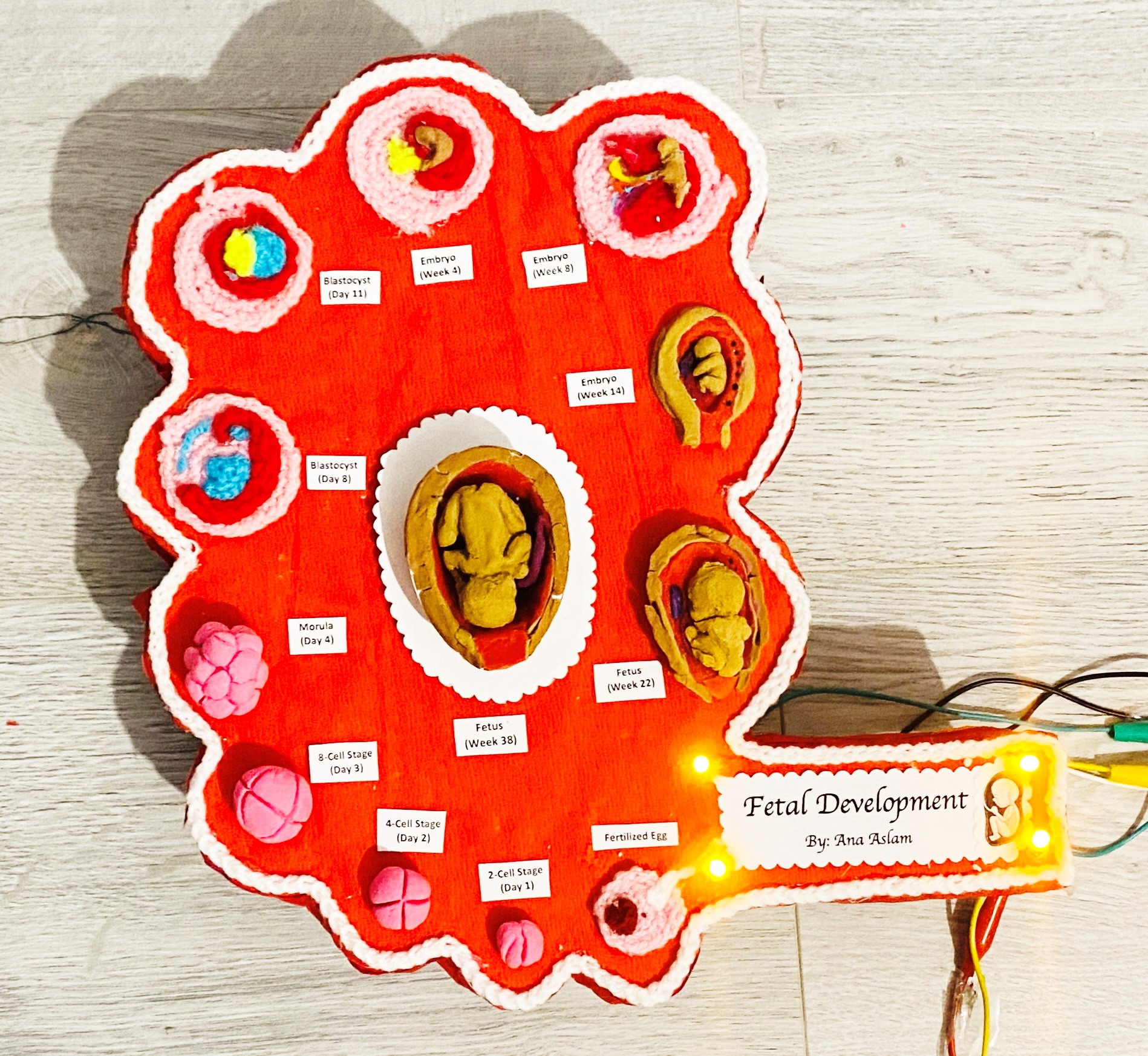
Group category
Animal Cell
Year 8, St Mary’s School, Cambridge
Materials used: Sponge cake, chocolate chips, marshmallow, royal icing, buttercream icing, tea cake
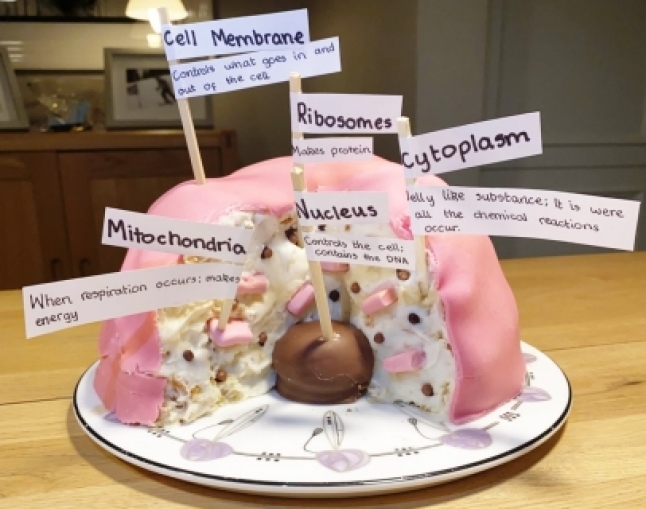
Protein embroidery
Professor Lora Dougan and Rhiannon Gregory, University of Leeds
Materials used: Cotton embroidery thread, conductive fabric, conductive thread, 3V battery packs, embroidery hoops, acrylic paint
